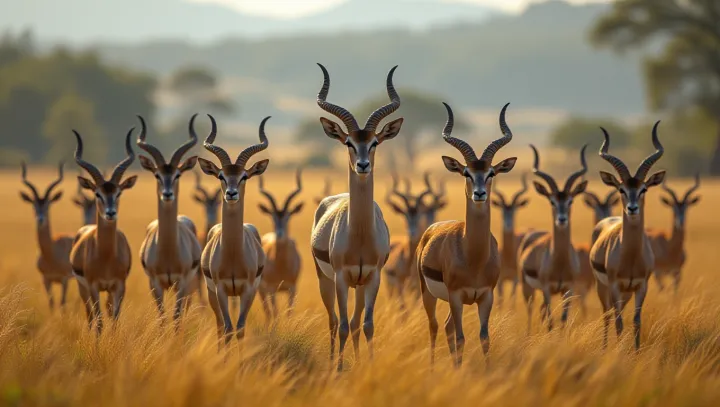Exploring the Diversity of Antelope Species

Antelopes have long captured the fascination of researchers and conservationists alike due to their extraordinary diversity. Comprising 91 unique species, these mammals predominantly call Africa and Asia their home. Recent studies indicate the impressive adaptability of antelopes, a quality enabling them to thrive in diverse ecosystems ranging from savannas to rainforests.
In recent discussions held at the Biodiversity Conference in Nairobi, specialists highlighted the ecological importance of antelopes. Dr. Emily Rawlings, a prominent ecologist, stated, 'Antelopes play a crucial role in their environments, from influencing vegetation dynamics to serving as prey for predators.' Such interactions underscore their ecological value and the necessity of their conservation.
This vast diversity among antelope species presents both a challenge and an opportunity for conservation efforts. As climate change and habitat destruction threaten their existence, understanding the specifics of each species becomes imperative. With the support of international conservation measures, there is hope to preserve these majestic creatures for future generations.
